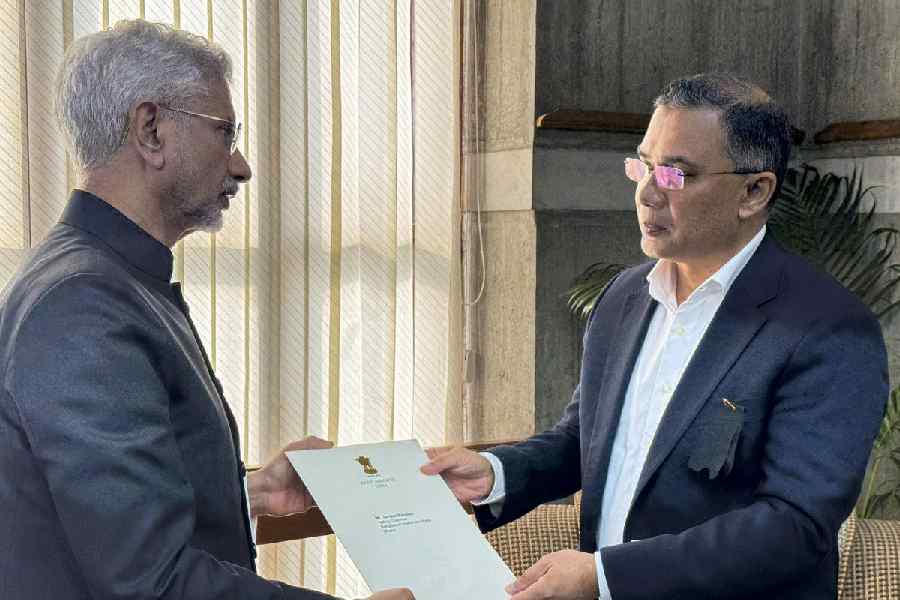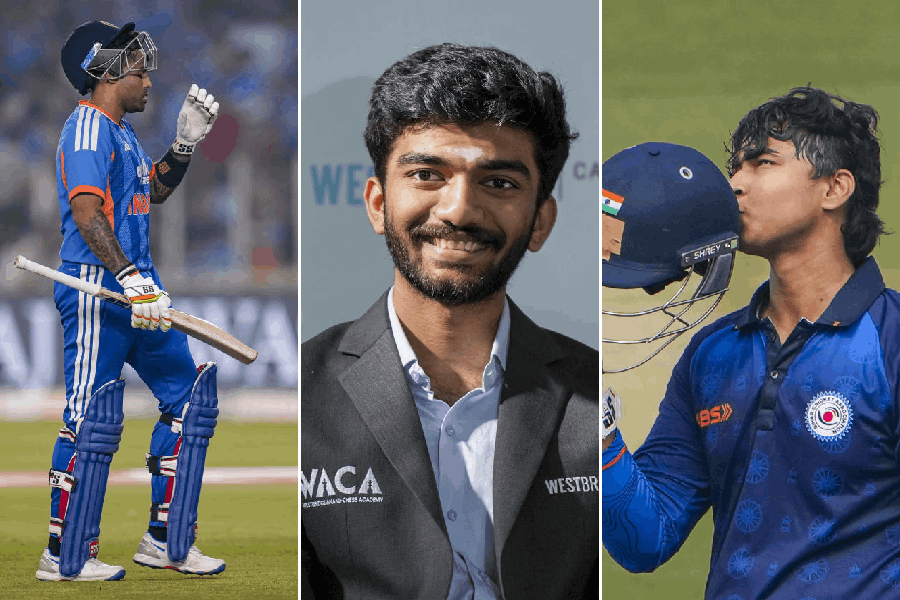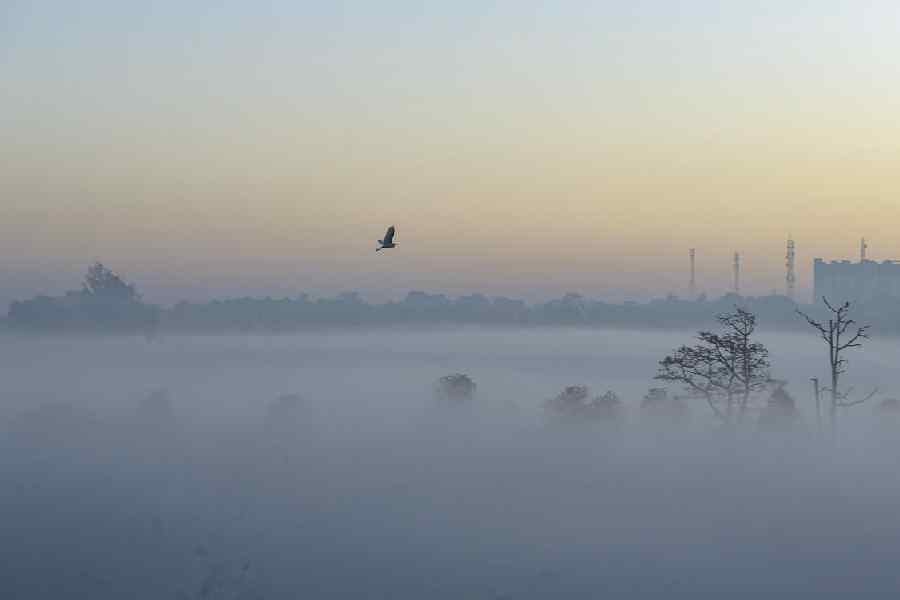We had begun to believe that the Bharatiya Janata Party is striding ahead with its steady demolition of secularism and free speech because the courts are not resisting its agenda. But a closer look at what happened in the courts this year offers cause for cheer.
This has been a significant year for media practitioners and citizens in the courts. While the cases involving the Republic TV anchor, Arnab Goswami, grabbed the headlines, there were pushbacks in the Supreme Court against hate speech, with television anchors peddling such speech being refused relief. The courts also made observations decrying the addition of sections pertaining to sedition in first information reports. In Goswami’s case, none other than the frequently maligned Chief Justice of India observed that what his channel puts out is “not the kind of public discourse we should have.”
This year’s judgments in the apex court have pushed back on hate speech in no uncertain terms. This month, a bench of the Supreme Court refused to quash the FIR registered against the News18 anchor, Amish Devgan, for his remarks against the Sufi saint, Moinuddin Chishti, while holding a debate on the Places of Worship (Special Provisions) Act, 1991. The judgment observed, “In a polity committed to pluralism, hate speech cannot conceivably contribute in any legitimate way to democracy and, in fact, repudiates the right to equality.”
In September, a three-judge bench of the Supreme Court took a dim view of the lawyer, Shyam Divan, trying to make out a free speech case for the TV programme, Bindas Bol, which wanted to telecast an episode called ‘UPSC jihad’. Justice D.Y. Chandrachud disagreed. “This is not a freedom of speech issue. When you say students of Jamia are part of a conspiracy to infiltrate civil services, that is not permissible. You cannot target one community and brand them a particular manner. This is an insidious attempt to malign a community,” he said. And added, “As a Supreme Court of the nation, we cannot allow you to say that Muslims are infiltrating civil services.”
This year, two high courts — the Punjab and Haryana High Court and the Bombay High Court — also rejected the invoking of sedition laws in cases which they felt did not deserve to be registered under Section 124A. While granting bail to a man who had vented on Facebook Live about the handling of the pandemic by the Centre and the state government, a judge of the Punjab and Haryana High Court observed that the State needed to be more tolerant and circumspect while invoking laws pertaining to sedition and religious disaffection. And that being intemperate and abusive against government officials and elected representatives did not amount to inciting disaffection towards the government established by law. Likewise, the Bombay High Court, during the hearing of the Kangana Ranaut case, expressed concern over the ‘trend’ of adding the offence of sedition (Section 124A IPC) in FIRs. “If anybody does not fall within the line of the government, will that be sedition?” the presiding judge of the division bench hearing the matter asked the senior counsel representing Mumbai police. The offence of sedition has been added in the FIR registered by the Bandra police against the actor and her sister, Rangoli Chandel, over alleged communal tweets.
This year has seen more than 3,000 protesters against the Citizenship (Amendment) Act being charged with sedition in January. So judges questioning the trend are to be applauded.
Given that the term, ‘godi media’ (lapdog journalism), has gained much currency, the travails of the country’s most contentious television anchor have demonstrated that there are limits to how far aligned journalism can take you. When Arnab Goswami took on a non-BJP government, he lost the immunity his politics gave him, and his trajectory through the justice system in Maharashtra showed what politicized journalism can come up against. Even if the Central government and the ruling party bat for you, aggressive Opposition-ruled state governments can become your nemesis.
That Centre-state politics moves the registration of FIRs first became evident this year in Chhattisgarh. The Maharashtra cases came later. Goswami’s first hearing this year in the Supreme Court in April came about because no less than 101 FIRs were filed across the state of Chhattisgarh against him for comments he made on his channel about Rahul Gandhi and Sonia Gandhi, with those against the latter being particularly offensive. Newslaundry reported that FIRs were filed in at least 20 of Chhattisgarh’s 27 districts, all of them by local Congress leaders and party workers. (The anchor posted a video on Twitter claiming that there were more than 150 FIRs, profusely thanking the Supreme Court for upholding his constitutional rights). The Maharashtra police for its part booked Goswami and his company executives later in the year in three or four different cases, and finally arrested him at home on November 4 after reopening an abetment to suicide case. The Bombay High Court denied him interim bail in that case, but the Supreme Court later granted it, reasoning that it was doing so because courts should ensure that “criminal law does not become a weapon for selective harassment of citizens.” (Arnab Manoranjan Goswami vs. the State of Maharashtra & Ors.)
In October, while hearing the Maharashtra government’s challenge to the Bombay High Court’s June 30 stay on its investigation against Goswami, the apex court told his counsel, Harish Salve, that freedom of the press did not mean that a journalist should not be asked questions. The investigation was based on two FIRs filed against Goswami for allegedly inciting communal hatred through his coverage of the Palghar lynching and a gathering of migrants at a Bandra bus station during the coronavirus lockdown. Chief Justice S.A. Bobde sought an assurance of responsibility in reporting from Goswami, Bar and Bench reported, and told the anchor who has built his brand on baiting, “You can be a little old fashioned in reporting. Frankly speaking I cannot stand it. This is not the kind of public discourse we should have.” In December, Goswami’s company, ARG Outlier Media Private Limited, was back in the Supreme Court seeking protection for the group and its employees in the cases lodged against them in Maharashtra, including the charge of manipulation of television rating points. A bench headed by Justice Chandrachud declined to entertain it, describing the protection sought in the plea as “ambitious”.
The bottom line then is that the Central government’s favourite journalists are no longer invincible. And the courts have begun to push back on hate-mongering and the bullying of the press and the citizenry by the police.
The author is a media commentator and was the founder-editor of TheHoot.org











